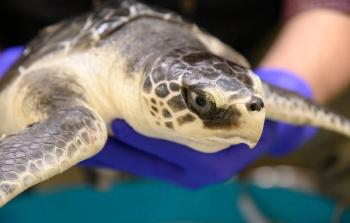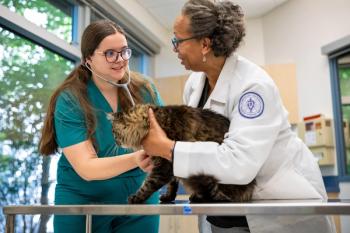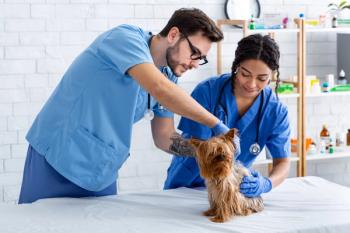
CSU antibiotic study spurs call for collaboration
FORT COLLINS, COLO.—A Colorado State University (CSU) study reportedly shows antibiotics used specifically for enhancing growth, preventing diseases and increasing feed efficiency in food animals are making their way into public waterways.
FORT COLLINS, COLO.-A Colorado State University (CSU) study reportedly shows antibiotics used specifically for enhancing growth, preventing diseases and increasing feed efficiency in food animals are making their way into public waterways.
The study, which identifies antibiotics in waterways that come from human and animal uses, is the first to pinpoint drugs specifically from animal sources.
While the levels reported are safely under accepted standards, university researchers say there is a need to collaborate with agriculture.
Tracking monensin
The antibiotic monensin, used exclusively in agricultural applications for growth enhancement in cattle, is used as a marker in the study and was measured only in waterways located near animal feeding operations. The study also is among the first to measure the compounds in stream and riverbed sediment and found that the concentration of antibiotics was 20 times to 1,000 times greater in sediment than in the surrounding water.
According to a separate Food and Drug Administration and CSU College of Veterinary Medicine and Biomedical Sciences environmental assessment for the use of monensin in feed of beef cattle, these levels are below concentrations that could result in environmental impact or effects on human health. The antibiotic study's authors also point out that the results do not necessarily implicate waste management practices of animal feeding operations.
Environmental, medical questions
"The presence of antibiotics in waterways drives two primary concerns," says Ken Carlson, associate professor of civil engineering and principal investigator of the project. "The first is the potential toxic dangers of these compounds to fish, plants and other aquatic organisms - as well as to humans through drinking water - because water treatment plants generally cannot remove all of these compounds. There is also a potential, which we are currently studying, that these types of animal and human antibiotics have on contributing to the emergence of strains of disease-causing bacteria that are resistant to even high doses of drugs."
Carlson adds future studies are needed to determine how antibiotics are entering public waterways, how long the drugs stay in water and sediment and to better understand potential dangers to aquatic life, animals and humans. The presence of pharmaceutical compounds in urban wastewater discharge also is recognized as an important issue and is being studied by researchers across the country.
Applications
The CSU group is beginning to work with the agricultural community to identify best management practices at agricultural operations, such as waste handling that will minimize the release of these compounds to the environment and contribute to sustainable agricultural practices in the future.
Testing sites
The study, funded by the U.S. Department of Agriculture and the university's Agricultural Experiment Station, was conducted on the Cache la Poudre River, which originates near the Continental Divide in Rocky Mountain National Park and flows through steep mountainous terrain for about 43 miles before entering Fort Collins. After traveling through Fort Collins, the river moves through about 45 miles of agricultural landscape, on which more than 50 agricultural livestock operations are located, before it joins the South Platte River in Greeley. Five testing sites were established along the river from its mouth to its merger with South Platte, the university says. There are no significant tributaries to the Poudre River, which helps make this an ideal watershed to study the occurrence of the introduction of antibiotics into the watershed through natural areas as well as urban and agricultural landscapes, the university says.
Five tetracyclines and concentrations of three ionophore antibiotics were among the compounds measured. Although tetracycline drugs are used for treating human diseases, they also are extensively used as animal antibiotics.
Additional findings
The study also found significantly greater concentrations of three ionophore antibiotics, used only for food animals, in the sediment compared to the overlying water. For monensin, the concentration in the sediment was about 1,000 times greater than in the river. Salinomycin was about 500 times greater in the sediment than the water column, and narasin was 100 times greater in sediment than water. But this is still below safe concentrations for aquatic life and humans, the university says.
Newsletter
From exam room tips to practice management insights, get trusted veterinary news delivered straight to your inbox—subscribe to dvm360.




